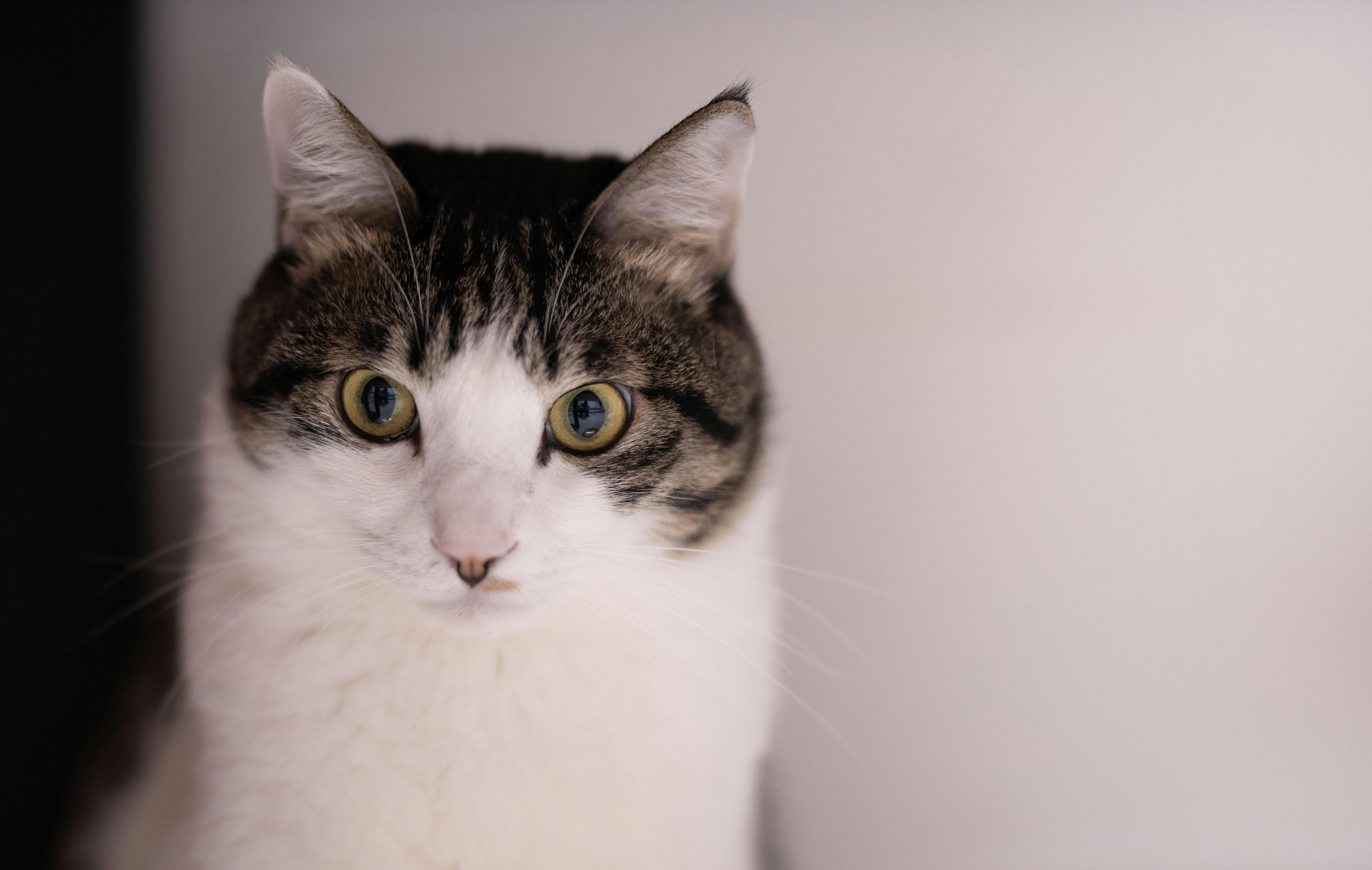Killer plants and foods for hamsters
Hamster cages should be a safe and healthy haven for their occupants and this means a daily supply of fresh seeds, grains, fruits and vegetables. But did you know that some seeds, fruits and vegetables are poisonous to them? There are also many indoor plants that could seriously poison them. This article reviews some expert advice on which of the most common foods and houseplants can harm your hamster. This can be a useful reference for keeping your diet safe and knowing which indoor plants to keep out of reach in the home and garden.
Common foods that feel harmful to hamsters
The sadly now-defunct Hamster Society of the UK produced an incredible online list of plants they said were poisonous to hamsters. The list includes some surprising everyday fruits and vegetables, as well as advice from the renowned US animal care charity, the ASPCA. Did you know that alfalfa, almond pits, apple seeds, avocado, cherry pits, chives, eggplants, elderberries, garlic, grapes, horse chestnuts, mushrooms, onions, peach pits, raisins, rhubarb and tomatoes are they harmful to them? (1, 2). NEVER try to improvise with human food or plants from the house or garden. The safest way is to ask your vet for a food safe diet sheet. Establishing a good diet is vital, as is knowing which common houseplants can poison pets.
Common Poisonous Houseplants and Bouquets / Arrangements
Once again, the Hamster Society included houseplants and garden plants on its warning list. ASPCA also adds to the knowledge with some known to cause problems in other animals, but have not been specifically investigated in hamsters. This list of evils includes flowers and plants that you can also find in a bouquet or flower arrangement. Includes amaryllis, cacti, some roses, chrysanthemum, clematis, cornflower, cyclamen, daffodils, some lilies, some ivy, ferns, holly, lilies, mistletoe, poincianas, poppies, peonies, rubber plants, and tulips. And that is certainly not all from harmful plants by any means. The safest thing to do is probably to prohibit all plants, flower arrangements, and pollen from getting anywhere in your hamster’s living areas.
Common poisonous garden plants for hamsters
If you were considering giving your hamster a close run in the garden, you should research garden plants in your local areas to see which ones are harmful. Many of the surprisingly common ones are toxic – for example, buttercup contains an acid that harms rabbits, so who knows what it might do to a tiny hamster’s precious body. Other culprits, in addition to those already mentioned, include azaleas, fall crocus, cherry laurel, common privet plants, evergreens, foxglove, honeysuckle, hyacinths, hydrangeas, some laurels, marigolds, nightshade plant varieties, philodendrons , some oaks, rhododendrons, sweet peas. wisteria plants and yews (1). Also, of course, be aware of the chemicals that are used to treat the garden, as they can also be highly toxic.
Finding out more about what common foods are toxic to hamsters could save your furry little friend’s life. Tomatoes, for example, seem like the perfect fresh vegetable until you realize how dangerous they can be. It is also crucial to research what local specialties and plants may be toxic. more research.
IMPORTANT: THIS ARTICLE PRESENTS A SAMPLE EXPERT OPINIONS, THEREFORE, IT CANNOT BE COMPLETE OR FINAL; NEVER USE IT IN PLACE OF THE ADVICE OF A VETERINARIAN. IF YOU SUSPECT FOR ANY REASON THAT YOUR HAMSTER HAS CONSUMED SOMETHING HARMFUL, THIS REQUIRES IMMEDIATE VETERINARY ATTENTION.
References: useful starters for future research
1. ASPCA. Foods for people who should avoid feeding their pets [online].
2. The Hamster Society. Management – List of poisonous plants [online].

Leave a Reply